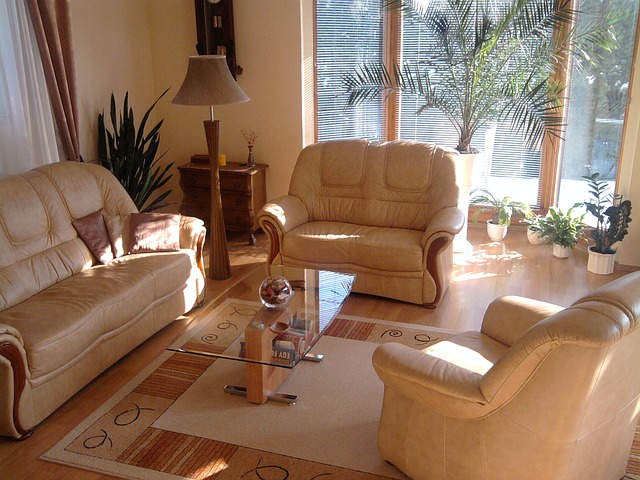Introduction
Dealing with cat pee on furniture can be a frustrating and unpleasant experience for any pet owner. Whether it’s a one-time accident or a recurring issue, it’s essential to address the problem promptly and effectively. In this article, we will explore various methods and techniques to get cat pee out of furniture, ensuring a clean and odor-free home environment for both you and your feline friend.
Understanding the Problem
Before diving into the solutions, it’s crucial to understand why cats urinate outside their litter boxes. Cats may pee on furniture due to various reasons, including medical issues, stress, territorial marking, or simply not being properly trained. Identifying the underlying cause can help prevent future accidents and address any potential health concerns your cat may have.
Immediate Steps to Take
Act quickly: As soon as you discover cat pee on your furniture, it’s crucial to act promptly. The longer the urine sits, the more difficult it becomes to remove the stain and odor.
Blot the area: Start by blotting the affected area with paper towels or a clean cloth to absorb as much urine as possible. Avoid rubbing the stain, as it can spread the urine and make it harder to remove.
Prevent access: If your cat continues to target the furniture, consider restricting their access to the area until the issue is resolved. This can be done by closing doors or using baby gates.
Cleaning Solutions
Enzymatic cleaners: Enzymatic cleaners are specifically designed to break down the odor-causing compounds in cat urine. Follow the product instructions and apply the cleaner to the affected area. Allow it to sit for the recommended time before blotting it away.
Vinegar and water: A mixture of equal parts white vinegar and water can also be effective in removing cat urine stains and odors. Apply the solution to the affected area, let it sit for a few minutes, and then blot it away.
Baking soda: Baking soda is known for its odor-absorbing properties. After blotting the area, sprinkle baking soda over the stain and let it sit for a few hours or overnight. Vacuum the baking soda away, and the odor should be significantly reduced.
Dealing with Persistent Odors
Repeat the cleaning process: If the odor persists, repeat the cleaning process using the methods mentioned above. It may take multiple attempts to completely eliminate the smell.
Professional cleaning: In severe cases, professional cleaning services specializing in pet odor removal may be necessary. They have access to specialized equipment and cleaning solutions that can effectively eliminate stubborn odors.
Preventing Future Accidents
Provide multiple litter boxes: Ensure that you have enough litter boxes for your cats, following the general rule of one litter box per cat plus an extra. This can help prevent competition and reduce the likelihood of accidents.
Keep litter boxes clean: Regularly clean and maintain the litter boxes to ensure they are appealing to your cats. Scoop the litter daily and change it completely at least once a week.
Reduce stress: Cats may urinate outside their litter boxes due to stress. Provide a calm and secure environment for your cat, with plenty of hiding spots, vertical spaces, and interactive toys.
Conclusion
Getting cat pee out of furniture can be a challenging task, but with the right approach and cleaning techniques, you can effectively remove stains and odors. Remember to act quickly, use appropriate cleaning solutions, and address any underlying issues that may be causing your cat to urinate outside their litter box. By following these steps, you can maintain a clean and odor-free home environment for both you and your beloved feline companion.
References
– PetMD: www.petmd.com
– The Spruce Pets: www.thesprucepets.com
– American Society for the Prevention of Cruelty to Animals (ASPCA): www.aspca.org













